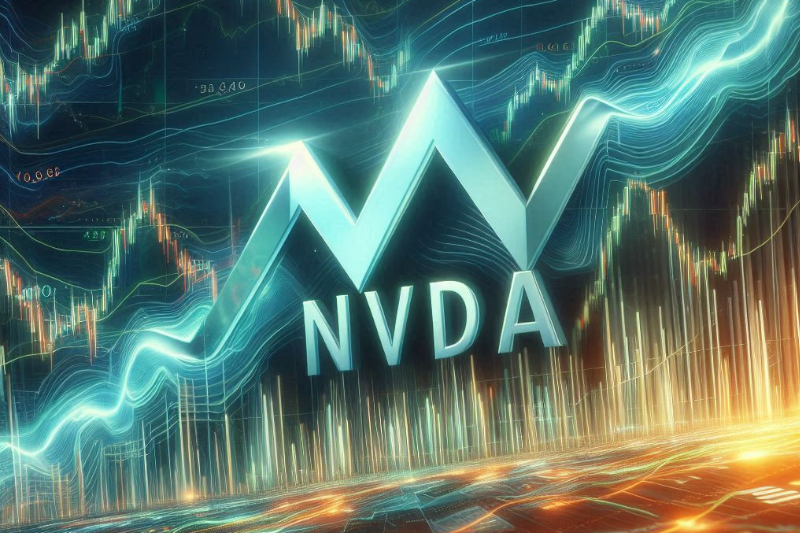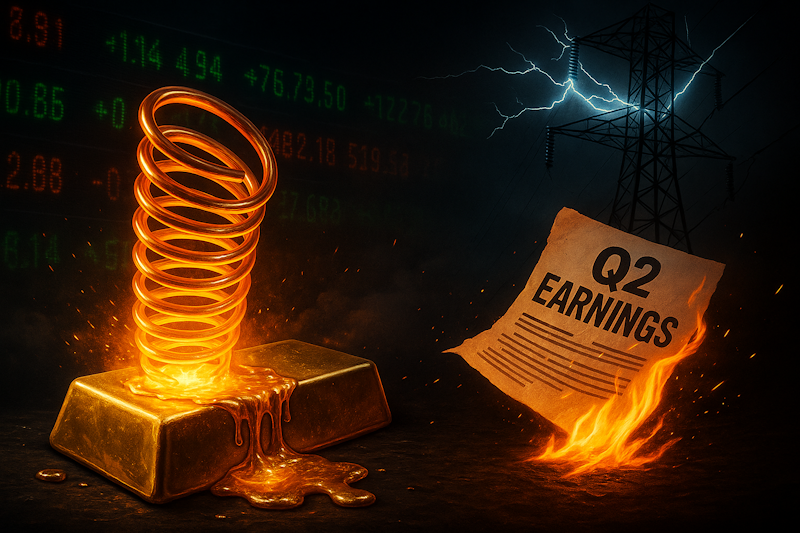Before we get to it, just a quick note…
I’ll be joining some of our other experts at noon ET on Wednesday for a little post-election discussion about actionable trades, and our No. 1 stock picks for the new administration — assuming we have one by then!
Stay tuned on Telegram for an invite!
As we hit Election Day, it’s safe to say traders are feeling the weight of uncertainty. While pre-election polls are lighting up with various projections — showing support for Trump in the high 50s to low 60s — the real question is how the markets will respond to the outcome.
We’ve all seen what happens when the results leave the country hanging, and this time, any delay or unclear winner could spell turbulence for stocks.
One thing’s clear: If Tuesday night doesn’t deliver a declared winner, expect the markets to reflect that unease. Historically, when a winner emerges on election night, we tend to see a two- to three-week trend that matches the color of Wednesday’s candle after the election.
Going back to 1996, this has held up, making it a solid indicator of near-term direction. But there’s a critical caveat — if Tuesday’s results aren’t decisive, the markets might hesitate, leaving us with unpredictable, choppy trading.
The technicals offer some insights as well.
Right now, the S&P 500 is sitting between the 21- and 50-day exponential moving averages, a range that highlights the market’s indecisiveness. On the weekly chart, the 21 EMA has shown to be a key level, with recent tests in April and August providing solid support before the index bounced back.
Should the S&P 500 revisit that 21 EMA level, it could mark a point of confluence for a potential pullback and re-entry — depending on how the election shakes out.
If we look beyond the S&P 500, the VIX might also hint at where the market’s headed post-election. Historically, a spike in volatility accompanies any prolonged uncertainty, and this week is no exception.
A longer-than-expected wait for results or any unexpected twists could push the VIX higher, which generally spells downside for equities.
Of course, there’s another layer to this — Fed policy.
With rate expectations shifting and inflation still a question mark, any unexpected moves from the Fed could throw a wrench into the market’s reaction to the election. That’s especially true for interest-rate-sensitive stocks like those in the Financial and Tech sectors.
We could see big names like Apple (AAPL), Nvidia (NVDA) and Tesla (TSLA) take the brunt of this volatility if both election and policy uncertainties collide.
So, here’s the game plan…
Watch for a clean close on Wednesday’s candle. If Tuesday delivers a winner and we see a green close on Wednesday, that’s our cue for a potential near-term bullish trend into year-end. A red close, however, might indicate further pullbacks are in store.
But if we’re left in the dark without a clear winner, buckle up for some chop — and consider a hedging strategy like the one I’ve laid out below that keeps you covered against downside.
In the end, it all boils down to this…
The markets can handle most outcomes, but they hate uncertainty. Election Day is just the beginning. Where we end up — that’s the real trade.
A Simple, Cheap Hedge for a Black Swan Event
The goal here isn’t to place a high-probability trade — it’s about being prepared for a black swan event. The strategy is simple: Take a small, inexpensive position that could pay out significantly if the market sees a sharp drop.
For example, buying a 12-cent put on the $350 strike in SPY with an expiration out to Nov. 29 provides a safety net if unexpected volatility strikes. It’s a “cheap insurance” play, offering protection against a rapid 5% to 10% drop that could otherwise impact portfolios heavily.
The $365 put is trading for 12 cents as of Tuesday morning with the S&P 500 bouncing almost 1%, so adjust your strike accordingly.
In practical terms, this low-cost hedge allows us to brace for the potential downside without overextending capital. If nothing happens, the minimal premium becomes a small cost for peace of mind.
But if we do get a significant move to the downside, that 12-cent debit could turn into a $5 credit, giving a strong return relative to the initial investment. This kind of hedge isn’t designed to cover an entire portfolio but rather to mitigate some of the pain from a sharp pullback.
I’ll see you in the markets.
Chris Pulver
Chris Pulver Trading
Follow along and join the conversation for real-time analysis, trade ideas, market insights and more!
-
- Telegram: https://t.me/+av20QmeKC5VjOTc5
- YouTube: https://www.youtube.com/@ChrisPulverTrading
- Twitter: https://x.com/realchrispulver
- Facebook: https://facebook.com/therealchrispulver
*This is for informational and educational purposes only. There is inherent risk in trading, so trade at your own risk.
P.S. HOT TAKE: Inflation About to Hit ‘Second Wave’
We’re standing on the brink of an economic storm unlike anything since the wild, inflationary ’70s.
Not just a ripple, but a massive tidal wave of inflation is heading our way — and it doesn’t care who sits in the White House come November.
With nearly 30 years of experience trading stocks, options, futures, forex and cryptos, and more than 10,000 hours spent trading and teaching…
I know a thing or two… But this is different.
It’s bigger, it’s badder, and if 2020 taught us anything, it’s that we can’t afford to sit on our hands.
Inflation’s coming back with a vengeance, possibly hitting double digits again.
Meanwhile, the price of literally everything has gone up in the last few years…
And now, many Americans can barely afford to save any money at all.
But Here’s Where Things Get Interesting
The profits and performance shown are not typical, we make no future earnings claims and you may lose money. The results shown are from an 11 year backtest on 550 trades. The result was a 97.1% win rate, 17% average return (winners and losers) with an average hold time of 11 days.



